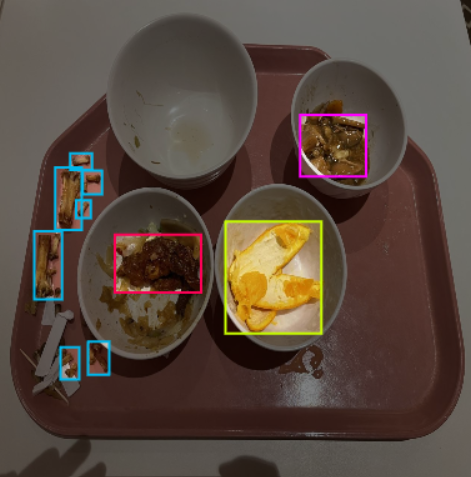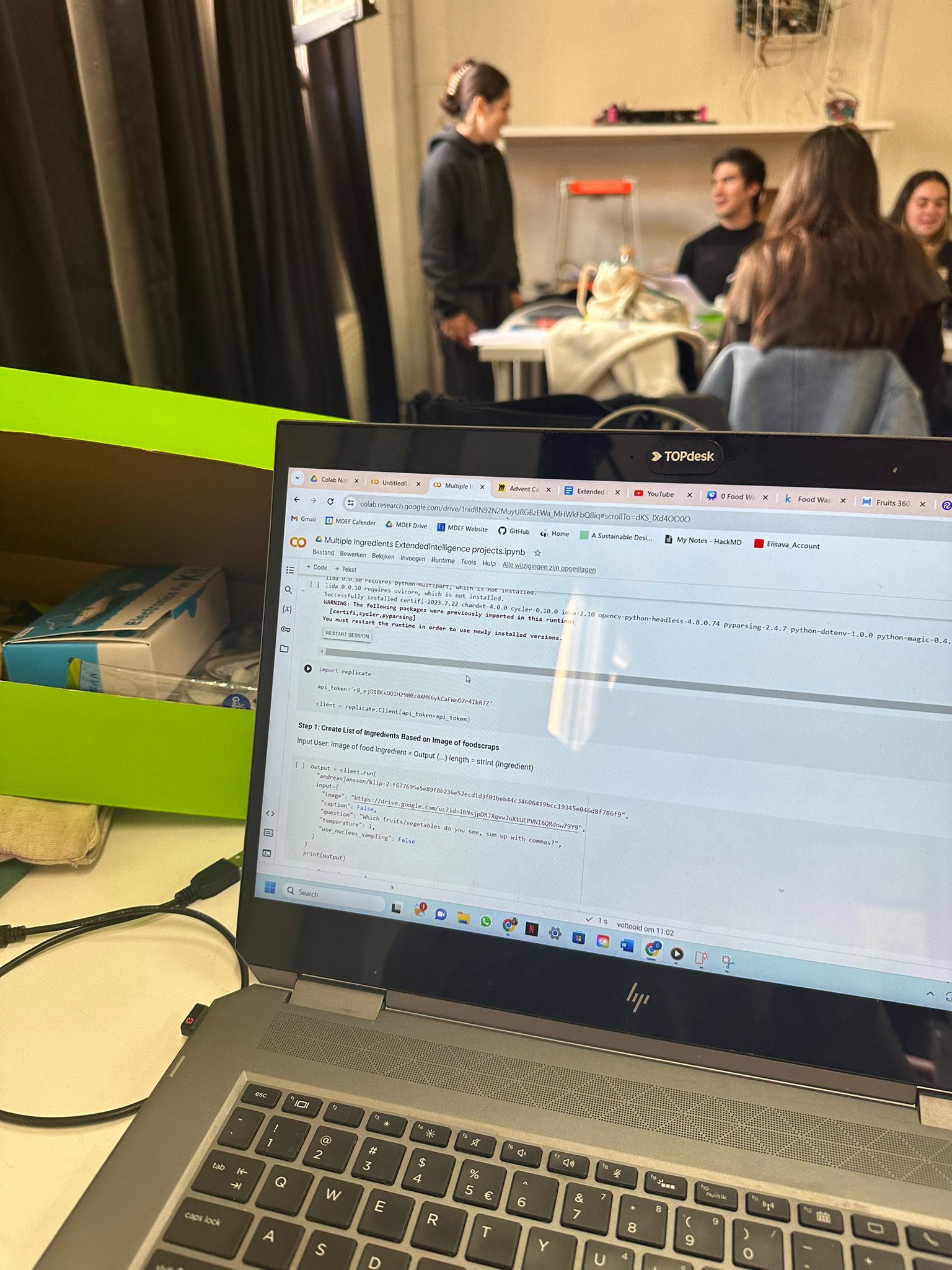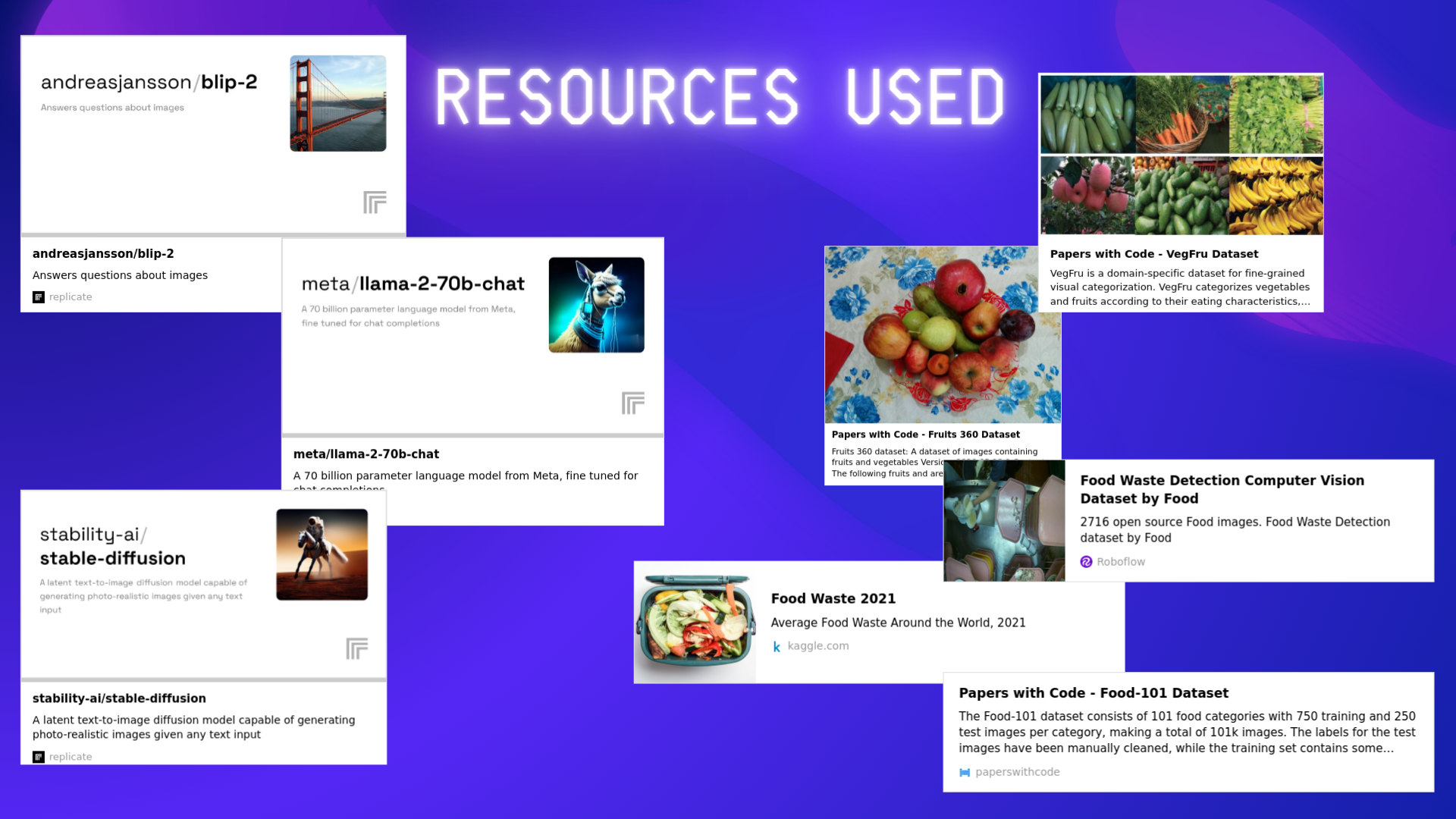Reflecting on Extended Intelligence
For me this was one of the most interesting weeks in term one. As I started to learn to code in the past summer it was so much fun and interesting how you could grow so much with the help of using APIs and finding interesting ways to create new AIs. It taught me a lot about the various problems that one faces when exploring new technologies. From the logistics of coding the system and training the model to seeing how you can avoid biases.
I must also say that as AI is rapidly growing and changing it is hard to know it all. I feel that as a designer I need to not only figure out if/how extended intelligence might play a role in my designs but also what the implications of this might be to others. We learned in the past course how to design within communities and that is something I strongly believe in, yet with Extended Intelligence you are training models off existing data which has its problems. You are not using the connection to the people nowadays but past data, and the world, especially in the past, has had various negative biases that are now embedded in our data. Take for example the AI exhibit we visited last week. Here we saw various examples of how biased data led to more biased results with different search prompts. This was not as big of a problem within the group project I did during this course but in the future if I want to use extended intelligence within communities I must take this into account and find ways to work against this.
With our project in mind I feel that I grew a lot with my knowledge in such a short time. I learned the basics of coding this past summer and since starting MDEF have challenged myself to grow and learn as much within this field as I can. Coding is something that I feel gives me freedom to express myself creatively but also create new systems that can simplify problems for others. I really like that during this course we were given the ability to create systems using APIs as it gave more possibilities then trying to train a model from scratch in such a short amount of time. In regards to what we designed I feel that we were trying to give people a new way of looking at their foodscraps and allowing them to try and repurpose it in a new way. With the simple code we made we used extended intelligence for many parts, however like discussed during the presentations if this were taken further I feel that some things could be done through regular code. This is something I feel might be important as while AI is super interesting, the amount of energy needed to train the models and run the system is great. Next to that the water used to cool the system as of today is quite high. This is something that I am considering when designing a system as you want to facilitate new experiences but you also must try and find a balance between ordinary coding versus AI to create the most fluid and sustainable system for the future.
All in all, this course gave me the tools needed to start exploring the creation of new intelligent systems while also opening my eyes to the ethical and sustainability problems that can arise by using AI. I feel that in the future I will need to learn how I can use these systems in a balanced way in my designs. In the way the world is growing there is no way around the fact, that AI will be a part of the designs of the future but hopefully I can do it in a way that fits in with my design principals.











